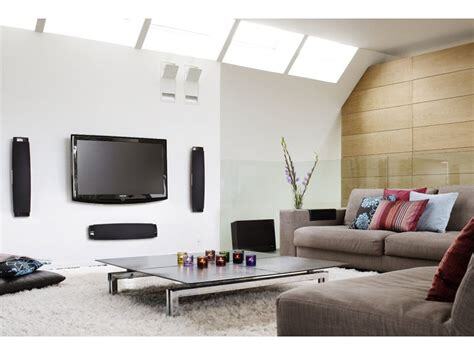I haven't found any useful threads on this topic, so I'll start one now.
All those die-hard audiophiles always claim that having a TV between your speakers can ruin the center image and soundstage.
How much truth is to that?
How large will be the difference between having a large TV (or any hard surface for that matter) and having optimal front wall treatment like diffusion panels.
Can room correction get rid of any issues that may get created due to hard surfaces between the speakers?
I'm personally not a big fan of having an ugly black rectangle on the front wall but with products like the samsung frame TVs or any art displaying TVs, they've become a viable option for me again.
Being able to watch music videos and display album art is also a big advange.
All those die-hard audiophiles always claim that having a TV between your speakers can ruin the center image and soundstage.
How much truth is to that?
How large will be the difference between having a large TV (or any hard surface for that matter) and having optimal front wall treatment like diffusion panels.
Can room correction get rid of any issues that may get created due to hard surfaces between the speakers?
I'm personally not a big fan of having an ugly black rectangle on the front wall but with products like the samsung frame TVs or any art displaying TVs, they've become a viable option for me again.
Being able to watch music videos and display album art is also a big advange.


